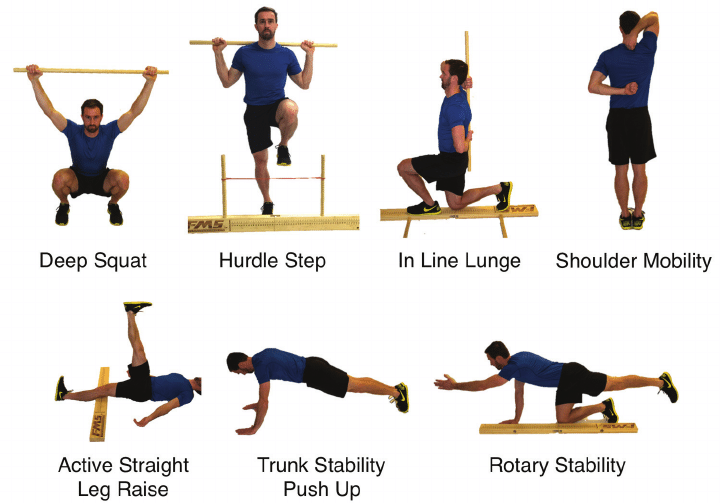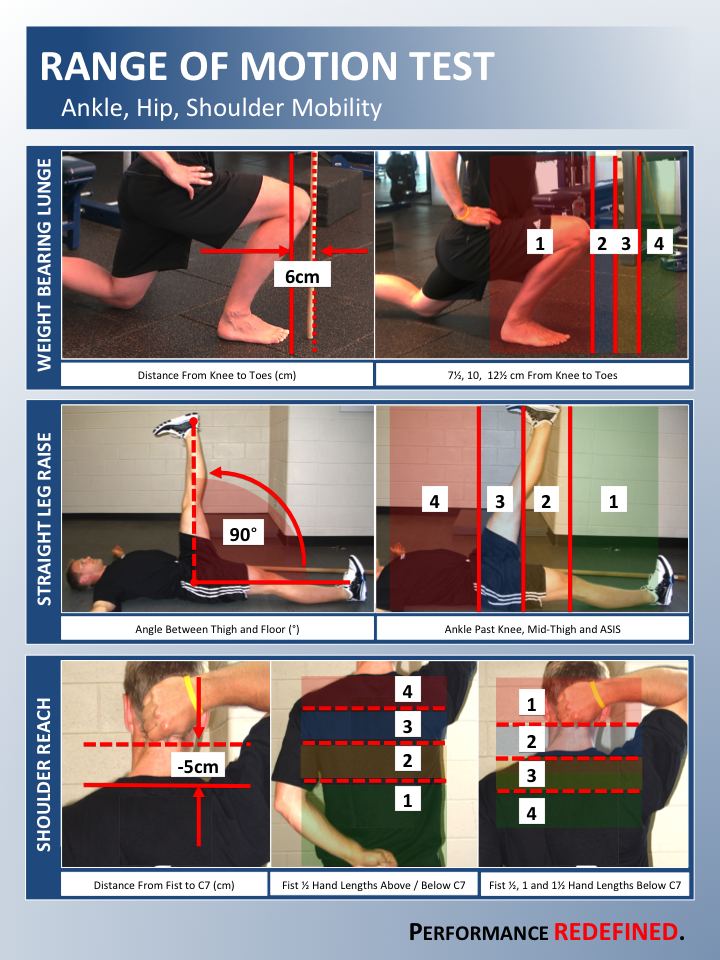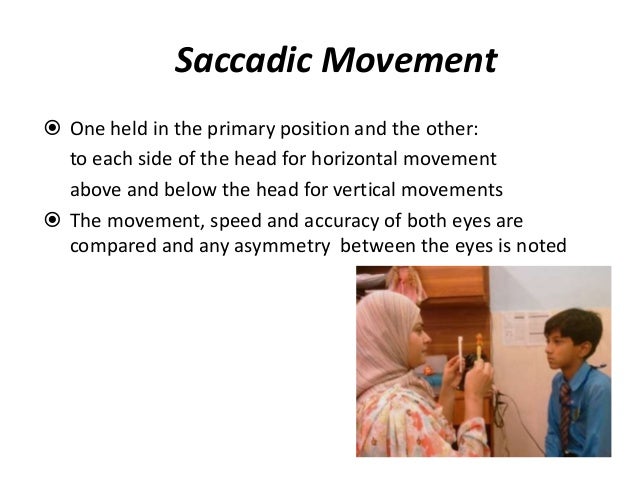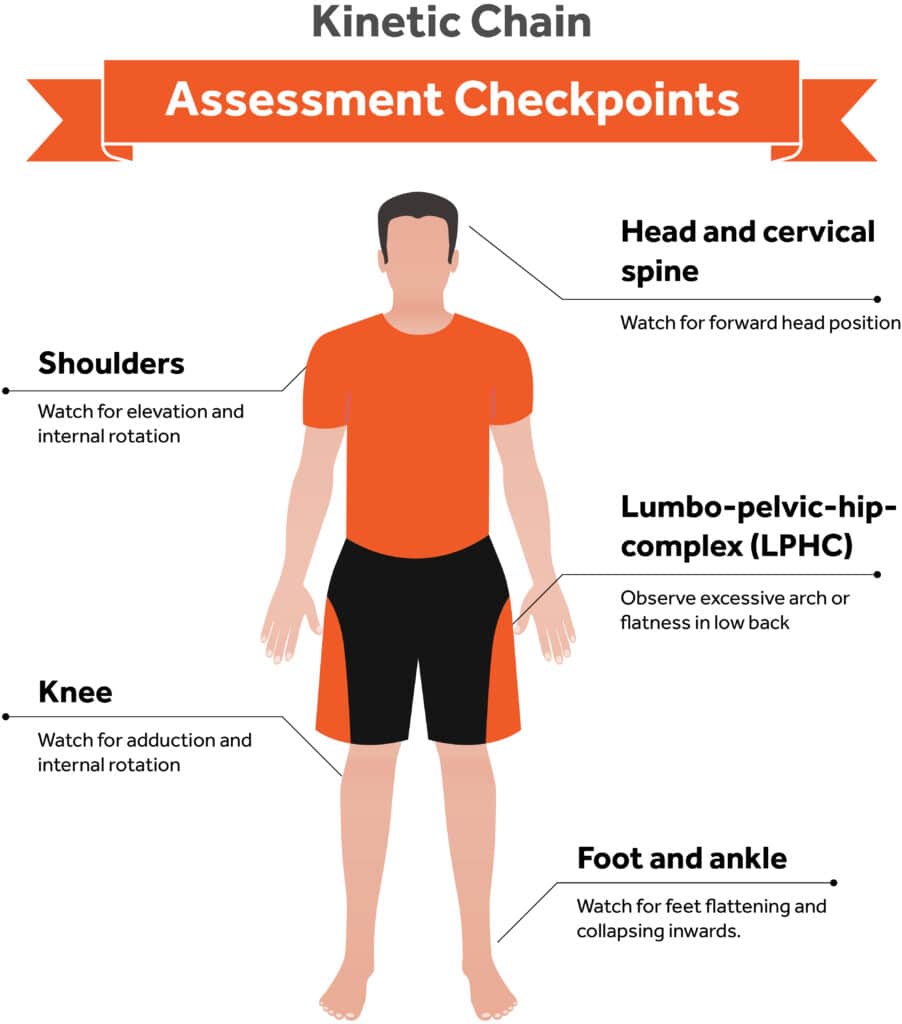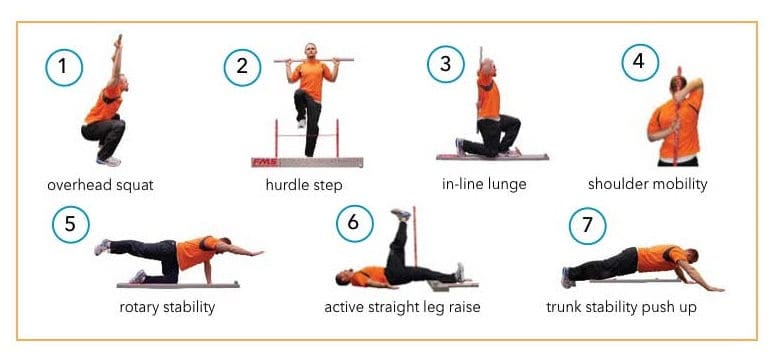Which Test Or Tests Assess Accuracy Of Movement
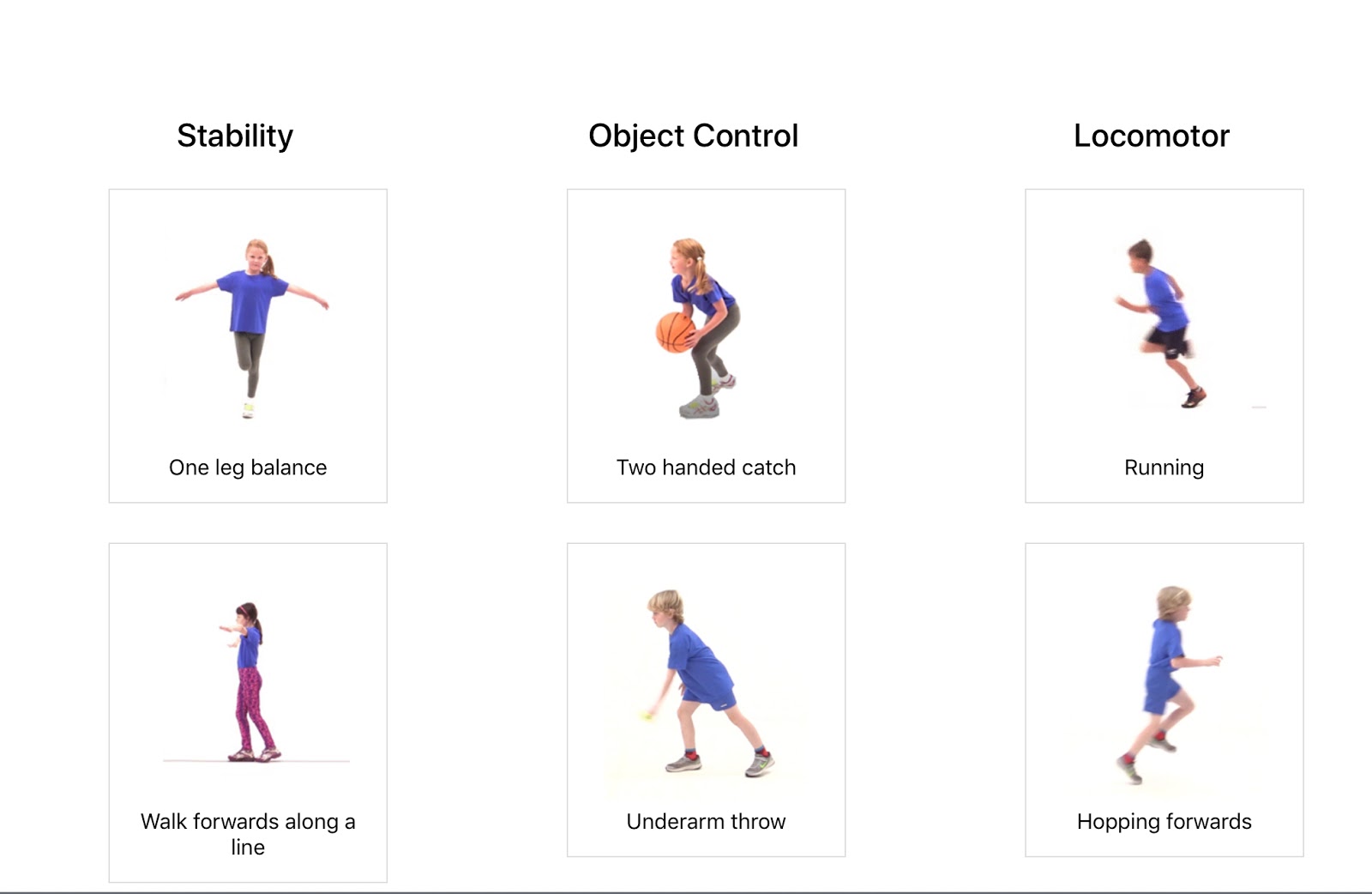
For athletes striving for peak performance, individuals recovering from neurological injuries, and even surgeons honing their skills, the precise assessment of movement accuracy is paramount. But which tests truly provide the most reliable and comprehensive picture of this complex ability?
This question is at the heart of ongoing research and clinical practice, as experts continually refine methods to quantify how well individuals can control their bodies. The ability to accurately execute movements impacts everything from sports performance and rehabilitation outcomes to surgical precision and daily living activities.
Several tests are commonly used to evaluate movement accuracy, each with its own strengths and limitations. These tests range from simple clinical observations to sophisticated motion capture analyses.
Clinical Observation and Standardized Assessments
Clinicians often begin with observational assessments. These involve watching a patient perform specific tasks, such as reaching for an object or walking a straight line.
While subjective, experienced clinicians can glean valuable information about movement patterns, balance, and coordination. Standardized assessments, like the Berg Balance Scale, the Timed Up and Go test, and the Functional Reach Test, add a layer of objectivity.
These tests involve specific tasks with defined scoring criteria, allowing for comparison against normative data and tracking progress over time. However, they can still be limited by their reliance on visual observation and may not capture subtle inaccuracies.
Quantitative Movement Analysis
For a more precise assessment, quantitative movement analysis is often employed. This typically involves using technology to track and measure movements.
Motion capture systems, for example, utilize cameras and reflective markers to record the position of body segments in three-dimensional space. These systems allow researchers and clinicians to analyze kinematic data, such as joint angles, velocities, and accelerations.
According to a study published in the Journal of NeuroEngineering and Rehabilitation, motion capture systems provide highly reliable and valid measures of movement accuracy in individuals with neurological disorders. However, these systems can be expensive and require specialized expertise to operate and interpret the data.
Reaching Tasks and Target Acquisition
Reaching tasks are frequently used to assess movement accuracy, particularly in studies of motor control and rehabilitation. Participants are typically asked to reach for a target as quickly and accurately as possible.
Researchers then analyze variables such as reach trajectory, movement time, and endpoint accuracy. Deviations from a straight path or errors in target acquisition can indicate impairments in motor planning or execution.
A paper in Experimental Brain Research highlights the sensitivity of reaching tasks in detecting subtle motor deficits in individuals with Parkinson's disease.
Trajectory Analysis and Error Measurement
Trajectory analysis provides detailed information about the path of movement. This can reveal compensatory strategies or inefficiencies in movement patterns.
Different error measurements, such as root mean square error (RMSE) and constant error, are used to quantify the magnitude and direction of errors. RMSE reflects the overall accuracy of movement, while constant error indicates a systematic bias in one direction.
For example, researchers at the National Institutes of Health (NIH) are using trajectory analysis to investigate the effects of stroke on upper limb motor control.
Force Platforms and Posturography
Force platforms are used to measure the forces exerted by an individual on a supporting surface. They are commonly used in balance and posture assessment.
Posturography involves measuring and analyzing these forces to quantify postural stability and sway. Individuals with poor balance tend to exhibit greater sway and increased force variability.
Research published in Gait & Posture demonstrates the utility of force platforms in identifying individuals at risk for falls. This is particularly relevant for older adults and individuals with neurological conditions.
The Role of Virtual Reality
Virtual reality (VR) is increasingly being used to assess and train movement accuracy. VR environments can provide realistic and engaging simulations of real-world tasks.
Participants can interact with virtual objects and receive feedback on their performance. VR systems can also track movement data, providing quantitative measures of accuracy and efficiency.
A study in Frontiers in Neuroscience found that VR-based training improved movement accuracy in individuals with cerebral palsy. The FDA is also exploring the potential of VR for rehabilitation.
Which test or tests are most appropriate depends on the specific goals of the assessment, the population being studied, and the available resources. There is no single "best" test for assessing movement accuracy.
Clinical observation and standardized assessments provide a valuable starting point. Quantitative movement analysis offers greater precision and detail. Ultimately, a comprehensive assessment often involves a combination of different methods, tailored to the individual's needs and capabilities.
As technology continues to advance, expect to see even more sophisticated methods for assessing and improving movement accuracy, ultimately leading to better outcomes in sports, rehabilitation, and everyday life. Further research led by institutions like Harvard Medical School is crucial to refine and validate these methods.
